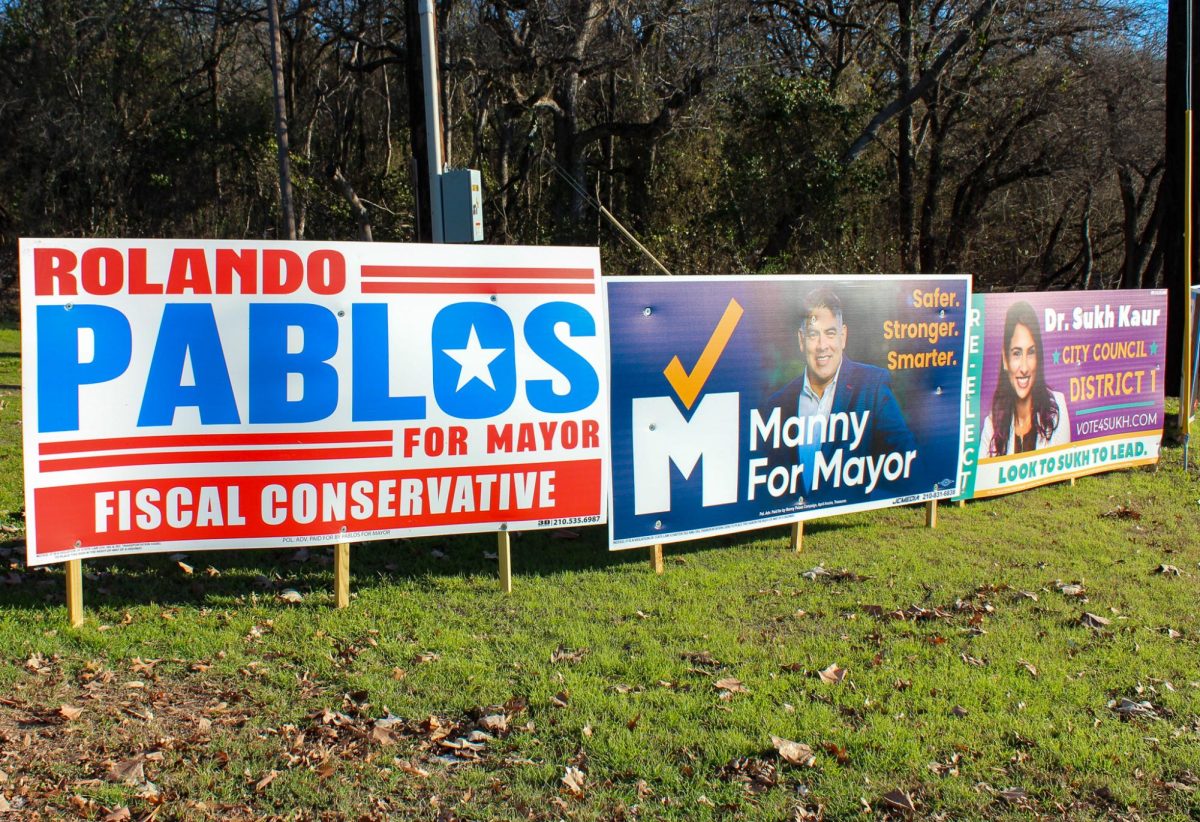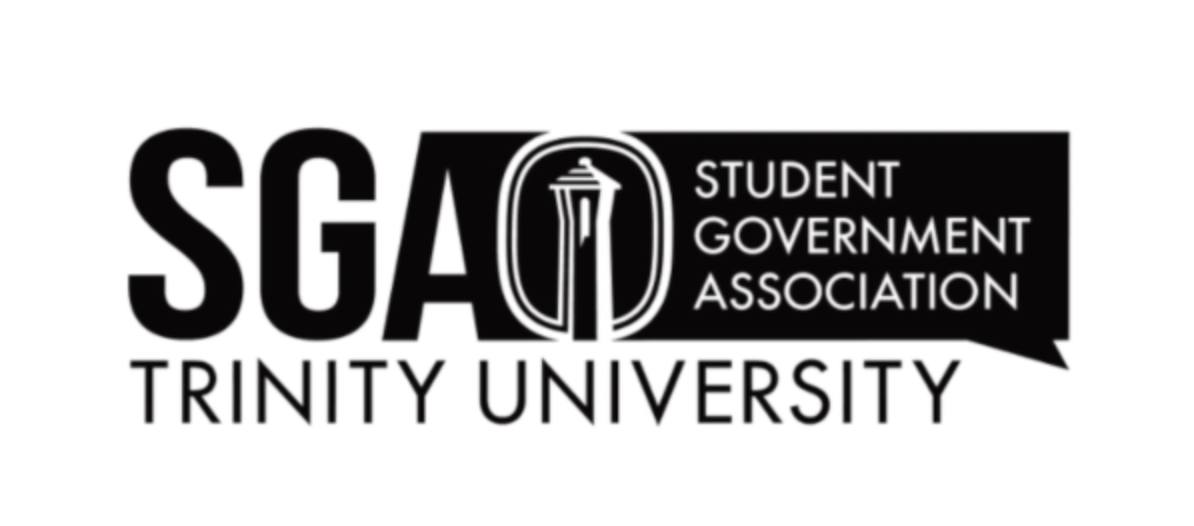Last week, writer and cartoonist Lynda Barry spent time at Trinity to give three master classes in writing and gave a talk titled “A Reading with Commentary” on Thursday, March 20. The talk was held in the Great Hall in Chapman.
The events were organized by Jenny Browne, assistant professor of English. Kelly Carlisle, associate professor of English, introduced Barry and expressed her gratitude toward Barry and her time on campus.
“Your average formulaic introduction does not quite seem adequate. In fact, if I were to deliver such an introduction I would feel as if I had somehow failed Lynda Barry, who has spent the past four days here at Trinity teaching our students and professors how to be creative,” Carlisle said.
Carlisle went on to describe the numerous awards Lynda Barry had achieved in her life.
“Among her honors are two William Eisenberg Awards, the American Library Association’s Alex Award, the Washington State Governor’s Awards, and the Museum of Wisconsin Art Lifetime Achievement award,” Carlisle said. “She is currently an assistant professor of interdisciplinary creativity at the University of Wisconsin Madison, and the discovery fellow at the Wisconsin Institutes for Discovery where she studies creativity in the company of scientists. She has appeared on Letterman seven times.”
Three master classes in writing were held for creative writing students interested in learning from Barry. In order to bring out the creative process, she encouraged the students to enage the mindset of being deeply immersed in activity or play.
“But play is exactly the right word. And how to play was exactly the most important thing she could have taught us about art. In her classes and books, Lynda Barry teaches us that the physical and mental experience of play lead to creativity. The products of play are images, art and story,” Carlisle said.
The classes consisted of writing and drawing activities meant to bring out student’s thoughts and stories.
“She took us for two hours and we drew a lot and spontaneously wrote. She would have us draw cartoon characters based on something she’d say and then show everybody how we all had the same images essentially,” said senior Nikkin Rader. “She had these tricks on how to write. It was to help you think of word associations for an image and then how that could bring up intuitive and deeper thoughts.”
The entirety of Barry’s talk centered around a question that she has been thinking about since she was in college.
“Marily Fraska was my teacher at Evergreen State College, and she asked me a question when I was 19 years old (I’m 58 now) that has changed the course of my life. It was a very simple question, or I thought it was simple. And the question was “˜what is an image?'” Barry said.
Barry now studies the cathartic effect that artwork has on humans from a very early age at the Wisconsin Institute of Discovery.
“This ability to create characters and to use an image to make things tolerable is something that we’re born with, and when I started looking at this thing that we call “˜the arts’ I became interested in researching the biological function this use of “˜the arts’ may have,” Barry said.
Throughout the rest of her talk, Barry read aloud samples from her own writings broken up with commentary about her past experiments analyzing handwriting among scientists and comparing images drawn by children and adults. She noticed that even among adults who haven’t drawn anything in years, an aliveness still existed in their pictures.
“But paper and ink have conjuring abilities of their own,” Barry said. “Arrangements and lines and shapes of letters and words on a series of pages make a world we can dwell and travel in.”
After the talk, Barry held a book signing. Every copy of all her available books were bought up before everyone had a chance to browse.
“She was very emotionally electrifying. She was like a child embodied in this older woman. She had a way with visually and verbally touching every audience member’s soul a little bit,” Rader said.






